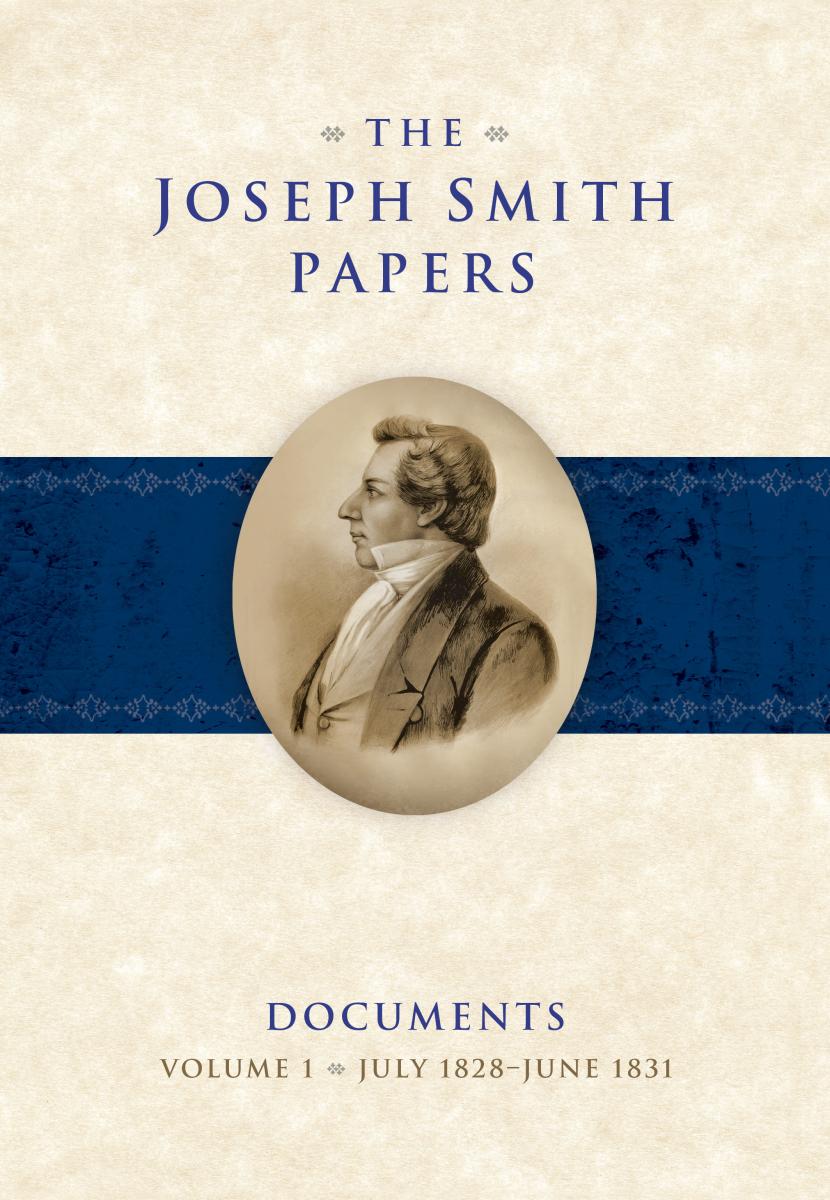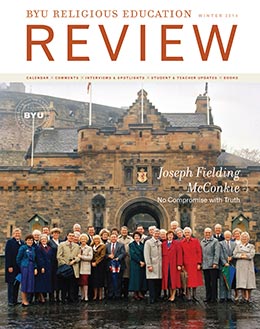The Joseph Smith Papers, the Book of Mormon Translation Process, and More
Research Update
Michael Hubbard MacKay
Michael Hubbard MacKay (michael_mackay@byu.edu) was an assistant professor of Church History and Doctrine at BYU when this was written.

As a former historian for the Joseph Smith Papers Project, I have been working for several years with a team of academics at the Church History Department in Salt Lake City. The Church Historian’s Press has recently published our work on the earliest foundational events of the Restoration, Documents, Volume 1: July 1828–June 1831, which has been peer reviewed by dozens of scholars, including Steven Stein and Harry Stout. From this research I have developed several book projects that I am now working on at BYU.
Funded by the Neil A. Maxwell Institute and the Religious Studies Center at BYU, my first project is finishing a book, Joseph the Seer, about the translation and publication of the Book of Mormon. Though the translation of the Book of Mormon has been analyzed by academics for decades, this book places the translation into its individual context of place, space, and time instead of forming an overarching theory about the translation. For example, Joseph Smith’s experience of translating the plates was idiosyncratic to each scribe and done at differing locations. The book also uncovers his secular attempt to translate the plates. It also reveals a whole new narrative about how the Book of Mormon was published. Based upon the new dating of Doctrine and Covenants 19, found in Documents, Volume 1, the negotiations with printers and Martin Harris’s role is further explored and redefined.
My second book project, Endowed with Power, focuses upon the restoration of priesthood authority and will be published through the Religious Studies Center at BYU. This book explores where and when the priesthood restoration took place through a careful examination of accounts describing the earliest angelic visits to Joseph Smith between 1827 and 1830. It expands our understanding of authority by uncovering where and when Smith became a prophet and by careful analysis of a June 1829 commandment from Christ about the power to give the gift of the Holy Ghost. It also adds new documentation for when Peter, James, and John appeared to Joseph Smith and Oliver Cowdery and what it was that they restored. It also untangles several historical knots pertaining to the establishment of the Church and its location.
I also have four other projects that are in their formative or completion stages. First, I am developing a book for the Religious Studies Center about the coming forth of the Book of Mormon. Second, I have formed a conference with sixteen scholars to present papers about Joseph Smith’s translation projects; namely, the Book of Mormon, Doctrine and Covenants section 7, the Bible, the Adamic language, the Book of Abraham, Hebrew studies, the Kinderhook plates, the Greek Psalter, and so forth. The proceedings of the conference will be edited and published. Third, I have recently received a MEG grant to fund a documentary editing project, which will reproduce journals and letters from the first Japanese mission. Finally, I am editing my PhD dissertation on the history of surgery, which will be published with Pickering & Chatto Publishers in their Social History of Medicine series.
It is truly a blessing to be working for Brigham Young University. My stewardship is intended to build the faith of students and the membership of the Church, through my publications and testimony in the classroom. As faculty members of the Department of Religious Education, we have the privilege and burden of speaking to both the academy and the Church membership. I am enthralled by the amount of resources and support Religious Education offers its faculty. The support that is granted to the faculty creates an environment where our growing research can clarify gospel truths in a world of expanding information and allow our faculty to offer courses in religion that will inspire students and build faith.
